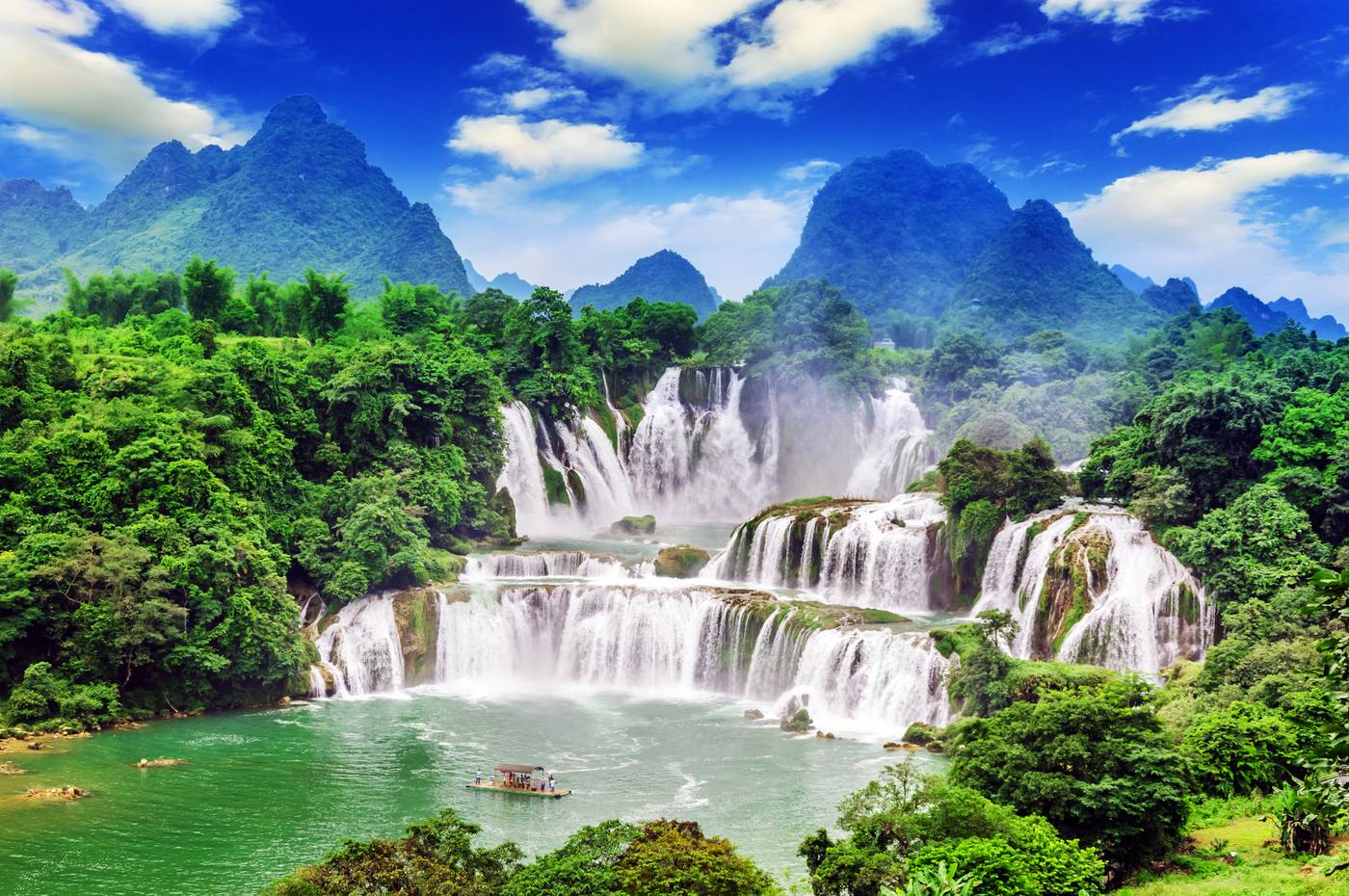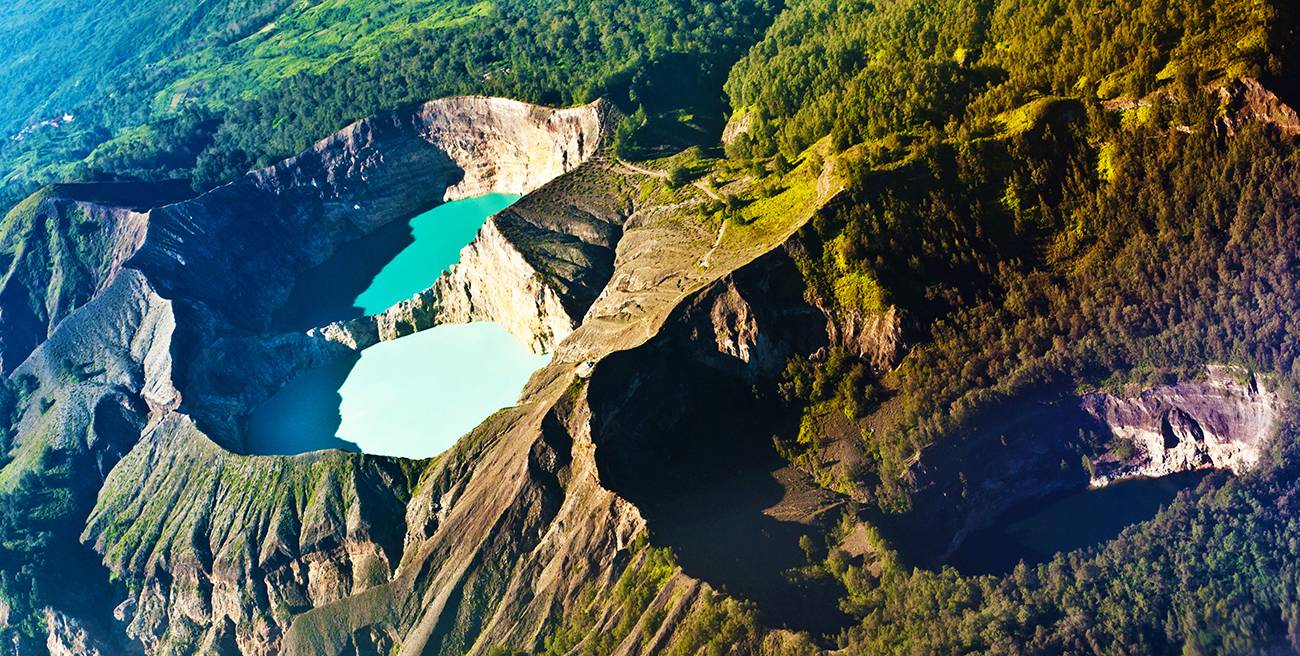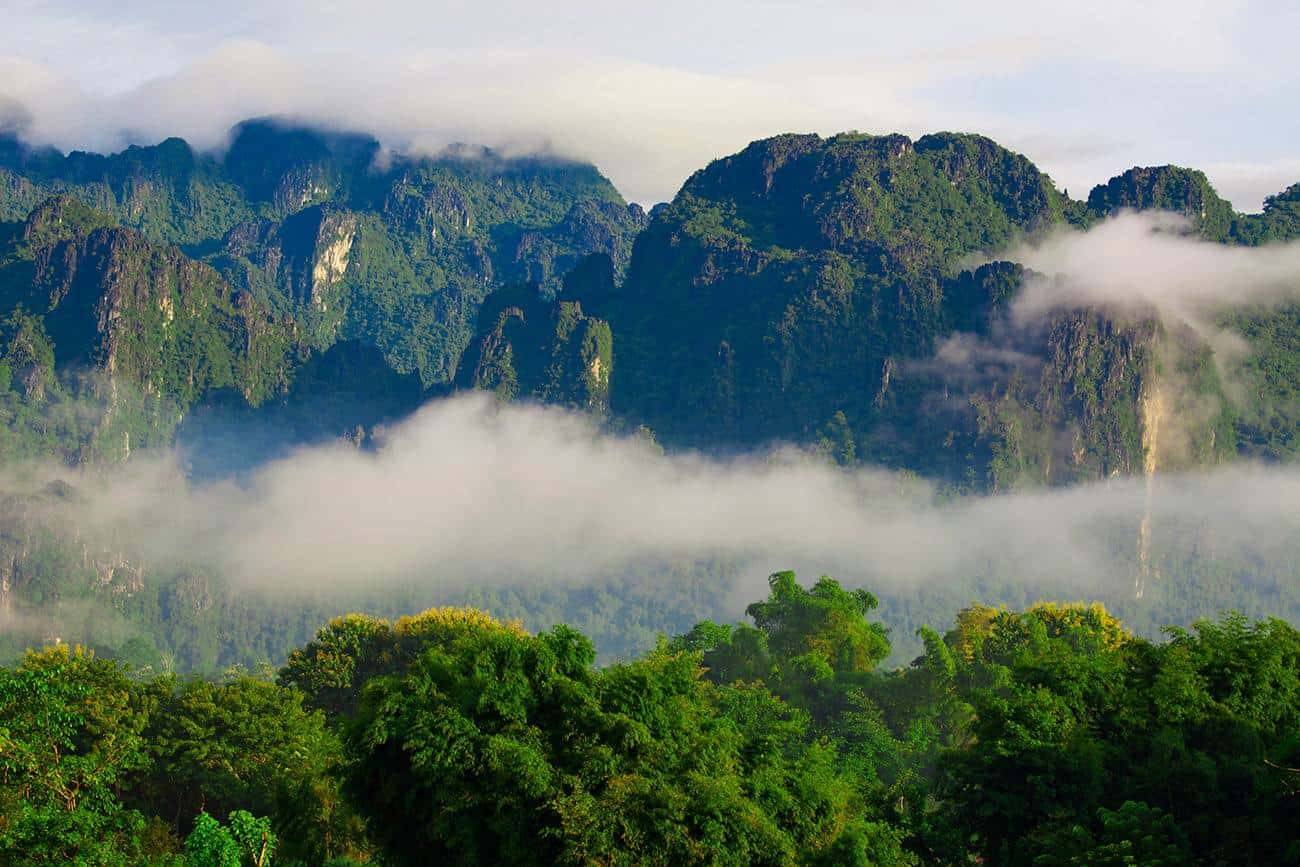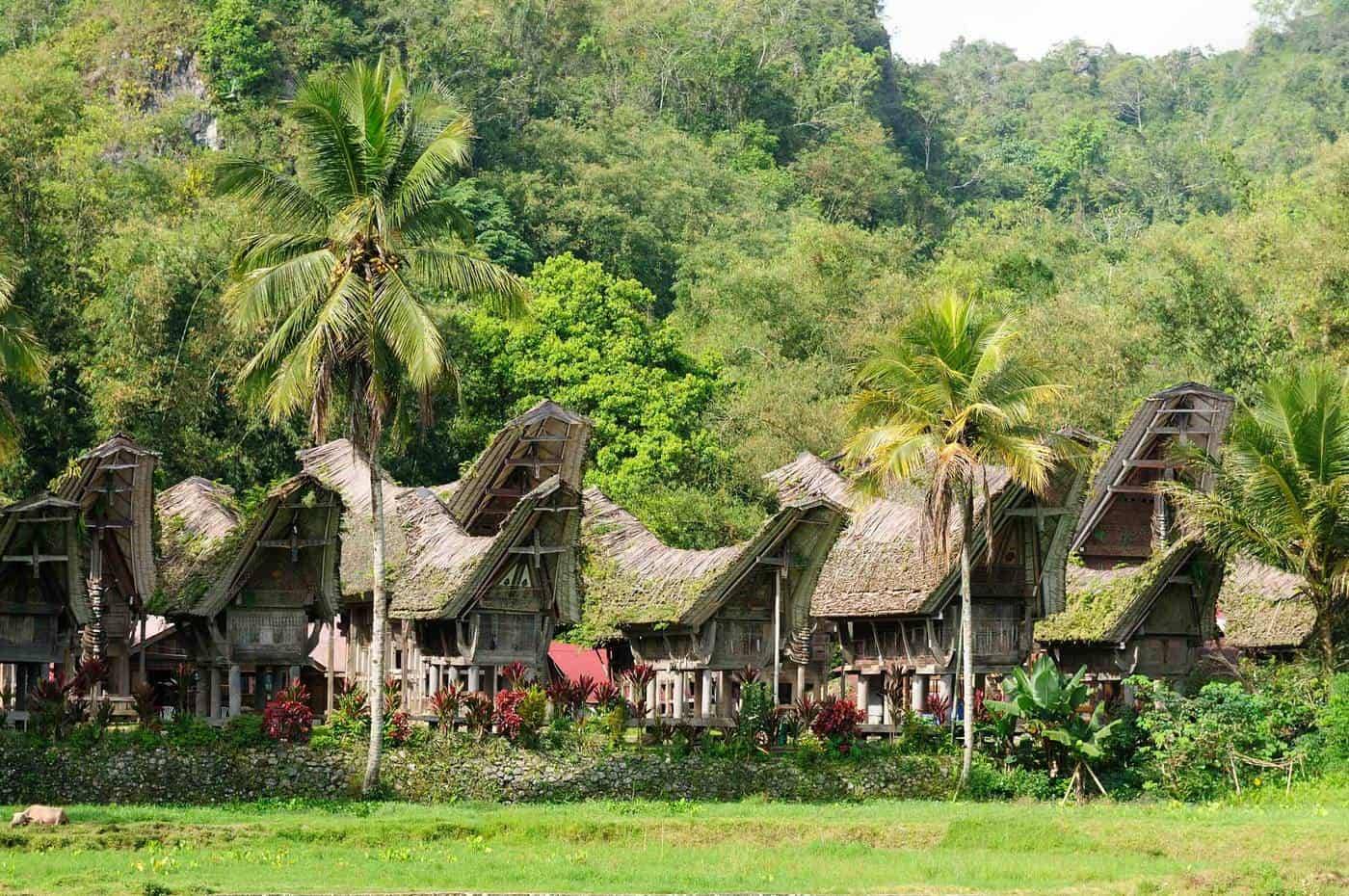
A JAUNT TO BAN GIOC – WORLD`S FOURTH LARGEST FALLS
While the Vietnamese call them ‘Ban Gioc’, the Chinese named the world`s 4th largest transnational falls ‘Detian’. This phenomenal jewel of Mother Nature makes a national border between China and Vietnam. The waterfall can be visited from both countries, albeit the way in from Northern Vietnam is going to be the path less trodden.
Access to the falls is via Hanoi, and for most of the travellers, it is much easier to obtain Vietnamese visa compared to China. Before you set out on the bumpy journey though, remember to plan as much as you can in the capital of Vietnam, where at least few people speak English.
To reach the Ban Gioc-Detian Falls, you will need to head to the remote region of Cao Bang whose residents barely get to see Western faces.
CAO BANG – ONE OF THE MOST AUTHENTIC REGIONS IN VIETNAM
It is not that the locals would not want to be friendly or willing to help. Quite the contrary, the Cao Bang residents are extremely kind and generous. The thing is that no one here can understand the foreigners.
Not only nobody speaks a word of English but also in Vietnam and China not even the body language and gestures are the same as in the western world. So, nodding your head indicating our “yes” could mean that “you are hungry” perhaps, or for example, a simple “no” gesture in our world might signify a big urge “to have a shower” in the far north of Vietnam.
Cao Bang, however, is very authentic as this part of Vietnam is one of the least visited, as a result of what the locals are not money hungry or affected by tourism in any other way at all. Everything is still very traditional, and it seems like time stopped here decades ago.
BAN GIOC-DETIAN FALLS
The pearl of Cao Bang surely is Ban Gioc. The waterfall drops 30 metres, with an impressive span of 300 metres hence the thundering water hitting the cliffs can be heard from afar. It comprises of 3 separate falls – the upper, the gradual and the lower slope.
Ban Gioc is the world`s 4th largest waterfall complex along a national border, and it is located amid towering limestone formations and forested hills in the highlands of Northern Vietnam. The falls make the international border between Vietnam and China.
WHAT TO DO IN BAN GIOC
Most of the paid attractions (boat & trekking tours, shuttle buses, viewing platforms etc.) are only accessible from the Chinese territory. Unfortunately, you will not be permitted to cross the border from Vietnam unless you hold a pre-arranged visa for China.
That leaves the visitors coming from the Vietnamese side free to enjoy the waterfall-grandeur on foot (there is a bamboo bridge walkway over the base pool and short-uphill trek perfect for panoramic views) or dip in at the smaller base-pool (which you cannot do from the Chinese side). Also, there is a simple bamboo raft option for tourists who want to get close to the falls and don’t mind getting wet.
NGUOM NGAO CAVE
Only walking distance away from the Ban Gioc falls, there is an astonishing cave that can be visited for a small fee. Nguom Ngao or “The Cave of Tigers” is more than 2 km long and it was formed 300 million years ago. Enjoy the wonderful harmony between stone and water; splendid caverns are filled with rock formations, stalactites and stalagmites, pools and spooky sounds.
You will need to walk 4 kilometres to the cave from the waterfalls (unless you rented a motorbike), which takes up to an hour in hot and humid climate. It is totally worth the efforts though, as on the way to the cave, you will be passing by several ethnic villages and getting to encounter the rural Vietnamese lifestyle in its truest form.
WHAT ELSE TO DO IN CAO BANG
- Thang Hen Lake – visit the nearby lake (1-hour drive, provided that you find someone who speaks English and manages to hire a scooter), visitors can hire a raft and explore isolated tribal villages around the lake
- Ba Be Lake – travellers who have spare time and are keen to some more adventure should definitely head off to the largest freshwater lake in Vietnam, don`t skip the Widow Island – a small rocky islet in the middle of the lake
- Ba Be National Park – stop by at the Dau Dang Waterfall, Thac Bac Falls, Fairy Pond, Hua Ma Cave, Na Phong Caves, Lo Mo Cave
- Other favourite activities in Cao Bang – rafting, kayaking, mountain biking and jungle trekking
HOW TO GET THERE
Fly to Hanoi. Head out to Cao Bang (300 km).
For all international flights check out www.skyscanner.com or www.momondo.com
1.Take a local bus from the Hanoi central station to Cao Bang (6-7 hr trip). You will need to stay overnight in the town and head out early next morning to the falls. Catch a local bus directly to the Ban Gioc Falls (2-3 hrs one way). One day is sufficient time to explore the falls and the nearby caves. Return to Hanoi the same way, via Cao Bang.
2.Hire a motorbike (car is not recommended) in Hanoi, and self-drive (very experienced drivers ONLY) Roads are winding, often muddy, there are limited petrol services on the way, and you will need a good map before you depart).
NOTE Cao Bang province is not very touristy and not many people would speak English. It comes in handy to have a dictionary to avoid confusion, and you will definitely need a good deal of patience, too.
WHEN TO TRAVEL
The driest time of a year is from March to May whereas for cooler and clear days October and November are the best months.
However, for the greatest water-volume, vegetation in its full abundance and best photography conditions you should travel in the wet season – between May and September (however, roads will be at their worst).


















